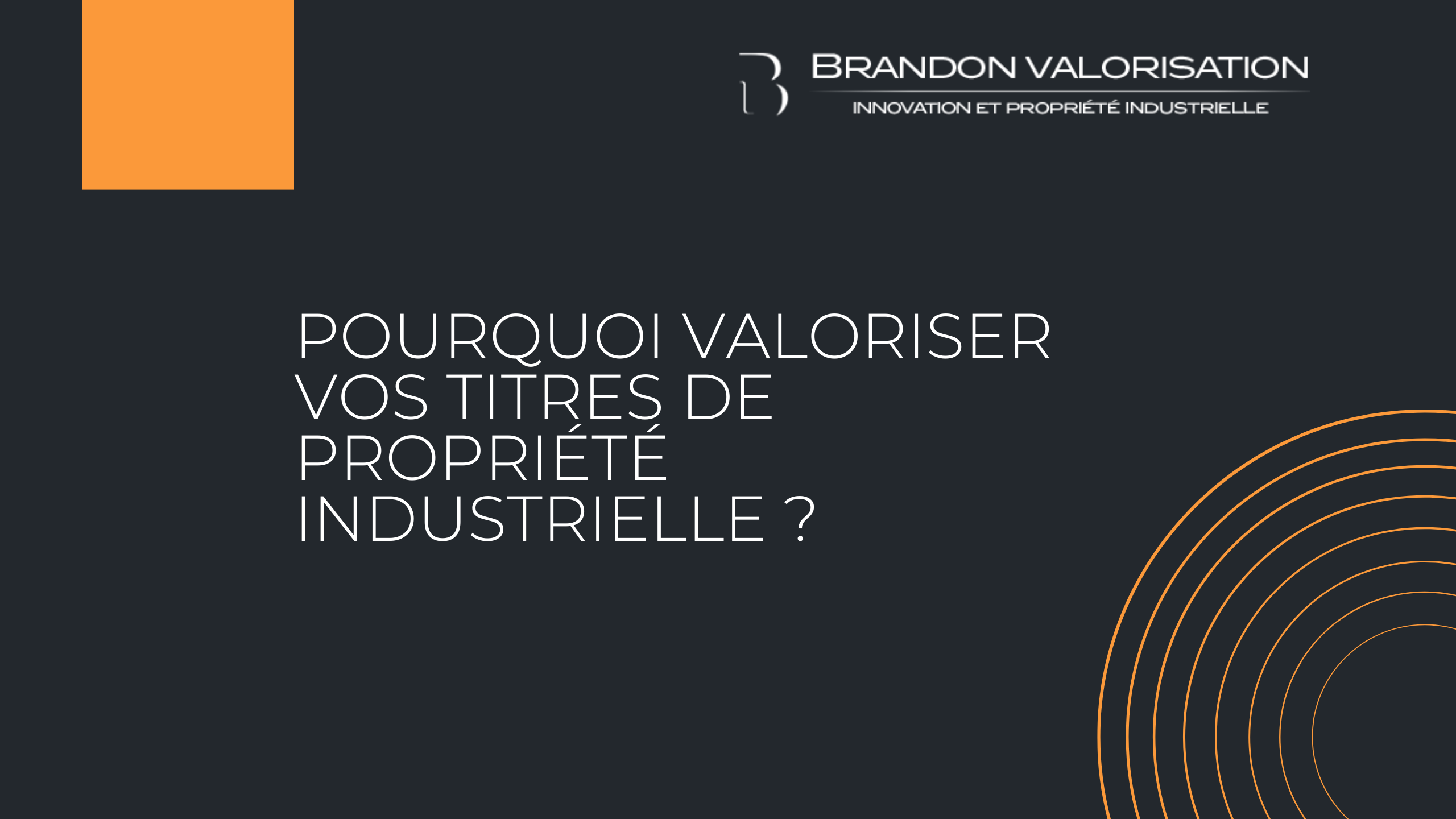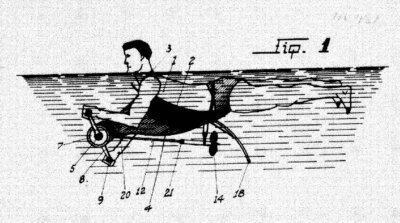Patents and trademarks are assets that can be evaluated
Industrial property is used to protect inventions or distinctive signs in order to ensure an exclusive exploitation. A patent confers its owner a monopoly on the market. Patents, trademarks, software, and models also represent “financial values” that are taken into account in the balance sheet or in its appendix. Those are intangible assets.
This strategy is too often ignored by business leaders, who are more familiar with the valuation of tangible assets, real estate or others, than intangible assets.
Each IP title is unique. It has a potential value which must necessarily be considered case-by-case.
Several methodologies exist, including a calculation of the value based on all the expenses incurred for R&D and the protection of the invention. It is the accounting approach.
Another approach is to assess the economic potential of an innovation by its market, its potential operating life, its operating territory, etc.
That is our privileged approach because it corresponds to an objective study of market prospects, taking into account the possible risks associated with any innovation. The value of a company cannot be reduced to a simple addition of the recorded assets.
The valuation of a company must take into account all of its tangible and intangible assets.
A financial valuation study is a matter for specialists, and it must be carried out by a firm duly referenced in the fields of valuation and intellectual property.
An example
Background:
A design office based in the Paris region has invented and patented an everyday consumer product intended for the pharmaceutical and cosmetic sectors.
In contact with potential buyers, the question of the value of this patent application quickly arose. This small enterprise then commissioned Brandon Valorisation to carry out a valuation study.
The different stages of the study:
First, an industrial property attorney analyzed the quality and strength of the IP title. This is an essential step.
Once this aspect has been addressed, the market, the competition and the sales prospects of the product were discussed. Since the invention has not yet been industrialized, different assumptions had to be considered.
Risk factors were then assessed and taken into account in the estimation.
The study, its findings and recommendations were the subject of a report submitted to the company.
This example concerns a patent licensing. The same approach applies to the valuation of an intellectual property right in the context of its handover or a capital contribution.
The valuation of IP, an effective strategy for the company
In the case of assignments of rights or patent licensing, like in the example above, the valuation of a patent (or any other intellectual property title) by a third-party allows the rights holder to enter negotiations on the basis of an objective valuation carried out by experts. The issue of pricing can be approached in an uncomplicated way by the holder and the potential buyer.
The valuation of intellectual property rights, trademarks, software, or models is also useful from a fundraising perspective and in some cases, to reinforce the company’s capital.
Obtaining financial contributions and other funds is often based on the level of equity of the company. Intangible assets are fully part of the valuation of a company.
When a business manager has a patent on his behalf, and his company uses it through a license, the valuation of this IP right, validated by a contribution auditor, allows him to strengthen the financial standing of the company and to preserve his majority in the capital even after the arrival of new investors.
A quality intellectual property right gives its owner an operating monopoly. It is also a strategic lever that increases the value of the company.




